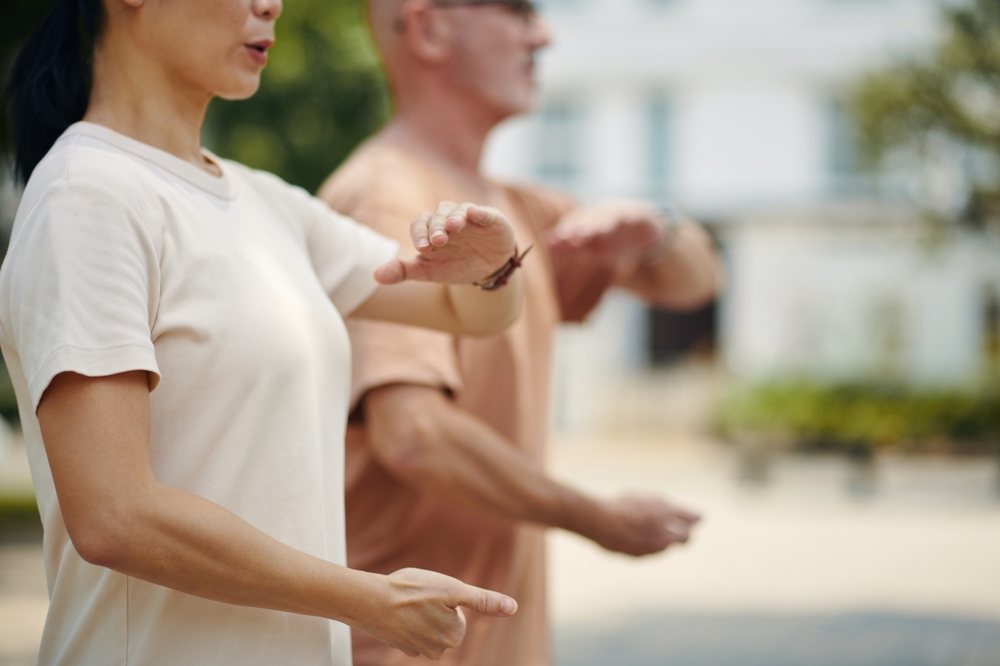Integrating Home Practice After a Movement-Focused Getaway
A movement-focused getaway can refresh your body and attention, but the benefits often fade without a clear plan for home practice. Integrating mindfulness, breathwork, mobility exercises, and self-care into daily routines helps sustain relaxation, reduce stress, and improve sleep. This article outlines practical steps to translate retreat habits into long-term wellness at home.

This article is for informational purposes only and should not be considered medical advice. Please consult a qualified healthcare professional for personalized guidance and treatment.
Mindfulness and meditation at home
After a retreat, the clarity gained from guided mindfulness and meditation sessions can feel fragile when you return to daily demands. Start by setting short, consistent sessions: five to ten minutes of focused breathing or body scan in the morning or evening. Use cues from your day—like a cup of tea or a commute—to anchor a mini practice. Gentle journaling after meditation helps consolidate insights and maintain the mental focus cultivated while traveling. Regular, modest sessions are more sustainable than infrequent long sits.
Sustaining breathwork practice
Breathwork often offers immediate regulation of the nervous system, making it a high-value carryover from a movement retreat. Learn two to three simple techniques you enjoyed on the getaway (for example, 4-4-6 breathing or alternate nostril breathing) and practice them during transitions or moments of stress. Track how each technique affects your stress levels and sleep. Keeping instructions visible—on a sticky note or a phone image—removes friction. Short, intentional breathwork sessions before bed or before focused work can anchor this practice into daily life.
Keeping mobility and flexibility
Retreat routines typically emphasize mobility and flexibility through repeated, gentle movement. Preserve those gains with concise daily sequences: two to three mobility flows targeting hips, shoulders, and spine, each five to ten minutes long. Prioritize movement over perfection—frequent, accessible sessions protect flexibility better than occasional intense stretches. Incorporate mobility into chores and breaks: stand when on the phone, perform joint circles between tasks, or add a short flow after lunch. Small, consistent movement preserves the body awareness and resilience developed away from home.
Relaxation and managing stress
One of the clearest benefits of retreats is deep relaxation; replicating that at home requires intentional habit design. Identify practices that reliably lower your stress—guided relaxation, an extended savasana, or a warm shower with body awareness—and schedule them like any appointment. Create a calming corner at home with a mat, soft lighting, or nature elements that cue relaxation. Pair relaxation practices with evening routines that limit stimulating screens and foster wind-down. Consistent timing reinforces the mind-body signals that led to reduced stress during the getaway.
Sleep routines and self-care
Improved sleep often follows a restful retreat, but travel can also disrupt circadian rhythm. Reestablish sleep health by preserving night routines: gentle breathwork, a short meditation, and a mobility sequence to release tension. Limit heavy meals and blue light near bedtime, and use consistent sleep and wake times to restore rhythm. Self-care extends beyond sleep—schedule brief restorative practices during the week, like chair stretches, mindful walks, or a weekly longer practice, to maintain the retreat’s ripple effects on overall wellbeing and recovery.
Bringing nature and travel lessons
Nature and travel can recalibrate perspective and pace. Bring those lessons home by intentionally integrating outdoor time and sensory pauses into your routine. Short daily walks, even around a block, help maintain the connection to natural rhythms and reduce mental clutter. Use travel memories as anchors: replicate a sunrise sequence on your balcony or play ambient sounds that reminded you of the retreat. When feasible, plan regular local outings to preserve the restorative context that supported your movement practice while away.
Conclusion
Sustaining the benefits of a movement-focused getaway depends on translating intensive retreat experiences into practical, repeatable home habits. Focus on short, consistent practices across mindfulness, breathwork, mobility, relaxation, sleep, and nature connection. Small daily choices—timed sessions, accessible cues, and realistic expectations—help embed wellbeing into ordinary life, allowing the gains from travel to become long-term improvements in stress management, flexibility, and overall wellness.





